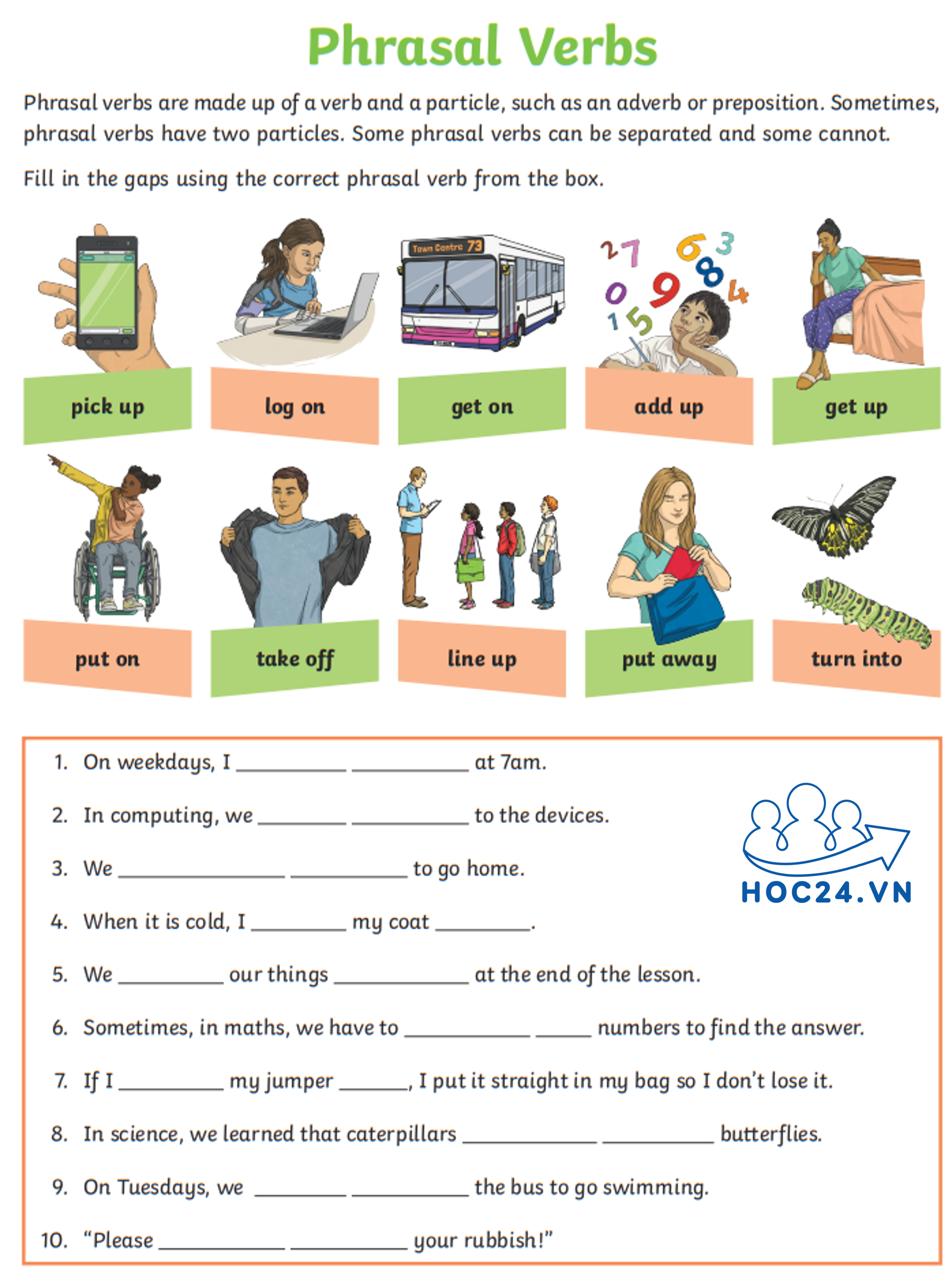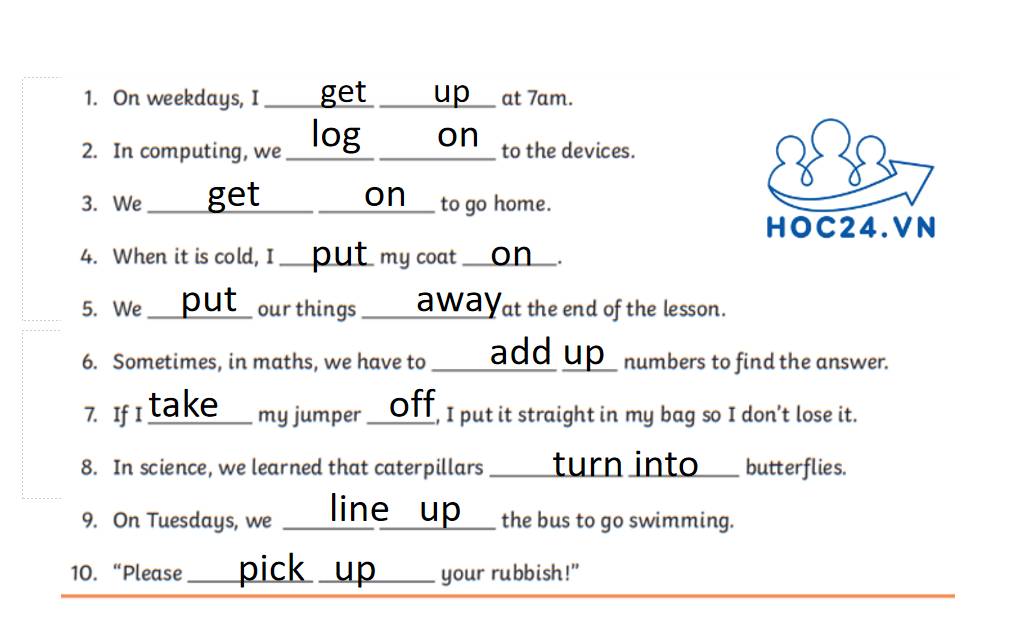Hãy nhập câu hỏi của bạn vào đây, nếu là tài khoản VIP, bạn sẽ được ưu tiên trả lời.



Em hãy đặt ra 19 câu liên quan đến:
☆Danh từ: They're friendly volunteers.
☆Mạo từ: The highest mountain in the world is Everest
☆Đại từ: He is my soulmate
☆Từ định lượng: We were received a box of maskes
☆Tính từ: This shirt is suitable for you.
☆Trạng từ: Nam and Hoa meet each other lately
☆Giới từ: I arrived at Hanoi in March, 2020
☆Động từ: Sleep early or you will go to school late
☆Động từ khuyết thiếu: I think you shouldn't use cigarette
☆Thì: "The Present Simple Tense" is the first tense I study at school
☆Liên từ: I go home early, but I have lost the key.
☆Câu hỏi: When and where did you lose the key?
☆Câu hỏi đuôi: You bought this telescope, didn't you?
☆Câu bị động: These trees are planted at the last Planting Festival.
☆Mệnh đề quan hệ: The book, which he is reading, is a famous story.
☆Câu điều kiện: If you use headphone too long, you will pain in ears.
☆So sánh ngang bằng: This book is as cheap as this one.
☆Câu ước: He wishes he would become a scientist.
☆Câu tường thuật: My grandma said to me that I had to turn off the light


Exercise 1: Read the following passage and mark the letter A, B, C or D to indicate the correct word or phrase that best fits each of the numbered blanks.
Nowadays more and more people are moving to live in the cities because of the facilities that they find there. Many people prefer living in cities (1)______ the opportunities of jobs, market places, big houses and buildings including schools and hospitals. But as the population in the city increases, the (2)______of cars, raw materials and others increase too. All this contributes to the pollution of the city and increases the size of the (3)______ faced by individuals. Our problems in the city contribute to the destruction of the city and the spread of corruption. Also, these problems are (4)______an atmosphere of discomfort and the inability of the individual to adapt and live in peace in his home town. However, there are many solutions (5)______can be used and applied to contribute to reducing the number of problems, such as increasing the number of police members, providing employment opportunities and spreading awareness among members of the society.
1. A. because of 2. A. selling 3. A. harms 4. A. making 5. A. that | B. because B. buying B. problems B. producing B. what | C. in spite of C. consumption C. troubles C. generating C. this | D. with D. conservation D. damages D. creating D. whether |
Exercise 2: Read the following passage and mark the letter A, B, C or D to indicate the correct word that best fits each of the numbered blanks.
Clinicians and health care staff work tirelessly to care for their patients in an increasingly complex, inefficient, and stressful environment. (1) _______, the structure, incentives, and culture of the system in which they work are often - perhaps usually - poorly aligned to support their efforts to respond to patients' needs as their core priority. Recognizing the imperative to centre on the patient, a learning health care system is one in (2) _______ patients and their families are key drivers of the design and operation of the learning process. When patients, their families, (3) _______ caregivers, and the public are full, active participants in care, health, the experience of care, and economic outcomes can be substantially improved.
Crossing the Quality Chasm underscores patient-centeredness as a core aim of the health care system, yet care often fails to (4) _______ this aim (IOM, 2001). Despite the Quality Chasm's call to action more than a decade ago, patient-centred care still is not the norm, and users continue to find the health care system uncoordinated and stressful to navigate. As the complexity of the system continues to grow with (5) _______ in science (Chapter 2), patient engagement takes on increased importance as a means of ensuring that patients can find the right care for their individual characteristics, needs, preferences, and circumstances.
(Adapted from https://www.ncbi.nlm.nih.gov/books)
1. A. Consequently B. Although C. Therefore D. However
2. A. that B. whose C. which D. what
3. A. others B. one C. another D. other
4. A. meet B. merge C. focus D. fracture
5. A. increases B. fame C. promotion D. advances
(em ko biết có đúng ko nên mọi ng sửa dùm em nha)
sao tui thấy mỗi môn tiếng anh hoạt động sôi nổi thế nhở, đa số bài trên trang chính đều là tiếng anh



